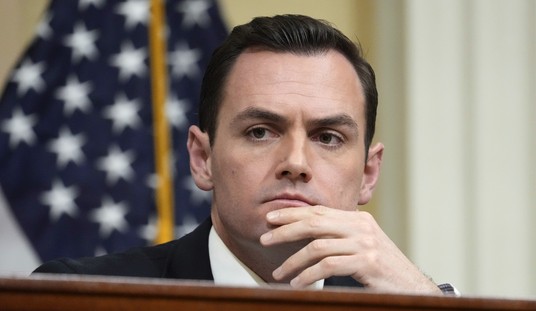While touting his ostensible “all of the above” energy plan and working the campaign trail not so very long ago, President Obama would justify his many expensive green-energy plans by repeatedly saying something along the lines of, “America consumes 20 percent of the world’s oil, but only has two percent of its reserves” — which is about as bogus a statistic as it gets. America only having two percent of the world’s oil relies on measures of its proven reserves, i.e., the amount of oil that has both been discovered and is technologically and economically feasible to extract, remaining static.
New technology means that oil deposits the world over are suddenly a lot more available for cost-effective human productivity, and while certain states have taken advantage of the effectively growing oil-and-gas abundance — North Dakota has been raking it in by tapping into the Bakken shale formation — California is sittin’ pretty atop a formation four times the size of that one. The NYT reports:
These wells are tapping crude directly from what is called the Monterey Shale, which could represent the future of California’s oil industry — and a potential arena for conflict between drillers and the state’s powerful environmental interests. …
Comprising two-thirds of the United States’s total estimated shale oil reserves and covering 1,750 square miles from Southern to Central California, the Monterey Shale could turn California into the nation’s top oil-producing state and yield the kind of riches that far smaller shale oil deposits have showered on North Dakota and Texas.
For decades, oilmen have been unable to extricate the Monterey Shale’s crude because of its complex geological formation, which makes extraction quite expensive. But as the oil industry’s technological advances succeed in unlocking oil from increasingly difficult locations, there is heady talk that California could be in store for a new oil boom.
Economic growth, private-sector job-and-wealth creation, more tax revenue, prosperity that can help lift up California’s poorer populace without government intervention? You know what that means — enter the environmental-lobby hissy fit.
The Monterey Shale has also galvanized California’s powerful environmental groups. They are pressing the state to strictly regulate hydraulic fracturing, or fracking, the drilling technique that has fueled the shale oil and gas boom elsewhere but has drawn opposition from many environmentalists. In December, the State Department of Conservation released a draft of fracking rules, the first step in a yearlong process to establish regulations. …
Though oil companies have engaged in fracking in California for decades, the process was only loosely monitored by state regulators. …
Environmental groups, including the Sierra Club and the Center for Biological Diversity, are suing the Bureau of Land Management and the Department of Conservation to prevent the opening up of further land to oil exploration and to enforce stricter environmental practices.
California remains the United States’ fourth-largest oil-producing state, although production has been declining — but California’s green groups are also some of the most powerful and zealous in the land. With the state currently under the governorship of a liberal supermajority, I don’t know that the traditional energy interests should be all that hopeful, especially since Gov. Brown’s “budget surplus” plan has lulled them into a false sense of security — can they really afford to hold out forever, what with all of their highly ambitious and expensive green-energy programs that need financing?
A cursory glance at Governor Jerry Brown’s new budget could make you believe that California’s days of fiscal gloom are over as he champions a balanced budget and newfound “fiscal restraint.”
California had been floating in debt. Then Brown persuaded voters in November to increase sales and income taxes. Now he releases a budget that, as Brown said at a news conference last week, advances a progressive agenda but does so based on available dollars.
Is California on to something? Is Brown’s formula — a combination of government idealism, tax increases and tough- minded budget choices — the answer for the nation, as well?
As tempting as it might be to buy this story line, the answer is no. In reality, the Brown approach is the latest in a series of “kick the can down the road” budgets that ignore the buildup of debts. It rewards public-employee unions with pay and benefit increases — while shielding them from desperately needed pension reforms — and ignores deep problems within the state’s economy.








Join the conversation as a VIP Member